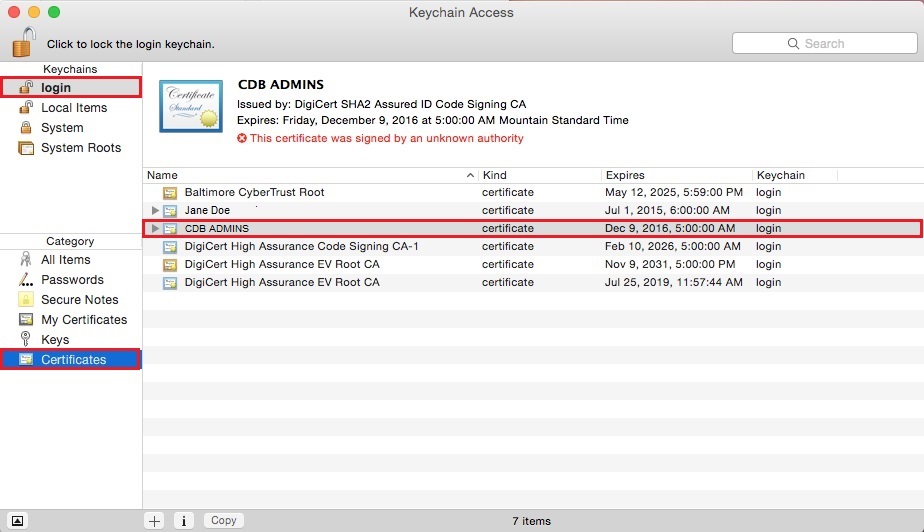

- #OPEN CODE FOR CHROME MAC HOW TO#
- #OPEN CODE FOR CHROME MAC FOR MAC#
- #OPEN CODE FOR CHROME MAC ANDROID#
- #OPEN CODE FOR CHROME MAC VERIFICATION#
If you have any questions about masquerading Safari as a Windows web browser, let us know in the comments. Your page will reload with the appropriate user agent.ĭoing this should get you through a website detection-checker. if you need to enter a custom user string.Įnter the user agent string for your desired browser/operating system combination.Ĭlick OK. If you need to pretend that you're using a PC, choose Microsoft Edge, Google Chrome - Windows, or Firefox - Windows.Ĭlick Other. Click on the user agent of the browser you need.The user agent choices will be grayed out and unselectable if you don't. Check the box next to Show Develop menu in the menu bar.Ĭlose the Preferences window.Open Safari from your Dock or Applications folder.
#OPEN CODE FOR CHROME MAC HOW TO#
How to access websites in Safari that require a PC or another browser Here's how you go about changing the user agent in Safari. Any web app or site that requires, say, Chrome's Blink rendering engine (which Safari doesn't have) won't work properly, even if Safari's user agent is changed to Google Chrome. Keep in mind that, though Safari will appear to be another browser, it won't actually be that browser.
#OPEN CODE FOR CHROME MAC FOR MAC#
Safari for Mac supports the following user agents: VPN Deals: Lifetime license for $16, monthly plans at $1 & more And while Internet Explorer was removed from the default list of user agents in macOS Catalina, you can still add it as on by changing the user agent string manually. It can event tell a website that you're running Windows. Changing the user agent tells websites that you're using a browser other than the version of Safari that you're using on your Mac. Safari allows you to masquerade as the user of other browsers and Windows through a tool in its Develop menu: changing the user agent. Luckily, Safari on Mac has the answer for you. Or maybe you'd like to see how your site or web app presents itself in Safari on iPhone or iPad, or Chrome on Windows. While most of the web is free to access through any browser you'd like, there are occasionally websites (particularly older ones) that need you to use browsers like Internet Explorer, or worse yet, would like you to be on a Windows PC. In the future, it will show live download status with a circular indicator in the Tote (and shelf preview).Whether you develop for the web and need to see how your site or web app displays itself in multiple browsers, or you just want to visit a site that requires a particular browser that you don't want to use, you may eventually need to use a browser other than Safari. The Tote introduced earlier this year to make file access from the shelf easier will now show documents (under “Downloads”) generated by the Scan app, as well as reports from Diagnostics and other app downloads.
#OPEN CODE FOR CHROME MAC ANDROID#
Meanwhile, newly installed Android apps now launch in their developer-specified/coded orientations for Chrome OS. There’s also a third “Resizable” option to adjust to custom sizes. Newer Chromebooks running Android 11 (versus 9 Pie) can quickly switch to predefined “Phone” or “Tablet” app window sizes by hovering over the top bar for a dropdown. Signed-in users can now both use and save payment methods from their Google Account, without sync.Ĭhrome OS 93 has two notable user-facing changes.If you’re already signed in to a Google Account on your device, you can now sign in more easily to Chrome and other Google services on the web.There are also a pair of Account related changes: Meanwhile, Chrome 93 for iOS introduces a new, more compact context menu when you hold down on links and images. Services have to add support for this underlying functionality.Ĭhrome 93 drops Ubuntu 16.04 as standard support has ended.
#OPEN CODE FOR CHROME MAC VERIFICATION#
This transfers the verification code to your PC and fills it in on the correct website. When the OTP text message arrives on your phone, users have to tap “Submit” on the notification. Chrome on your computer and Android device will have to be signed in to the same Google Account. The WebOTP API that allows websites to automatically obtain one-time passwords sent over SMS and fill them in is now coming to desktop.


 0 kommentar(er)
0 kommentar(er)
